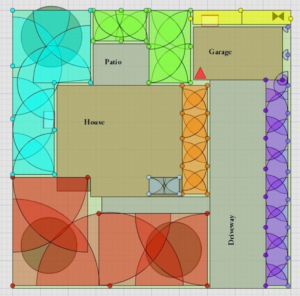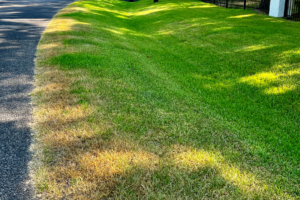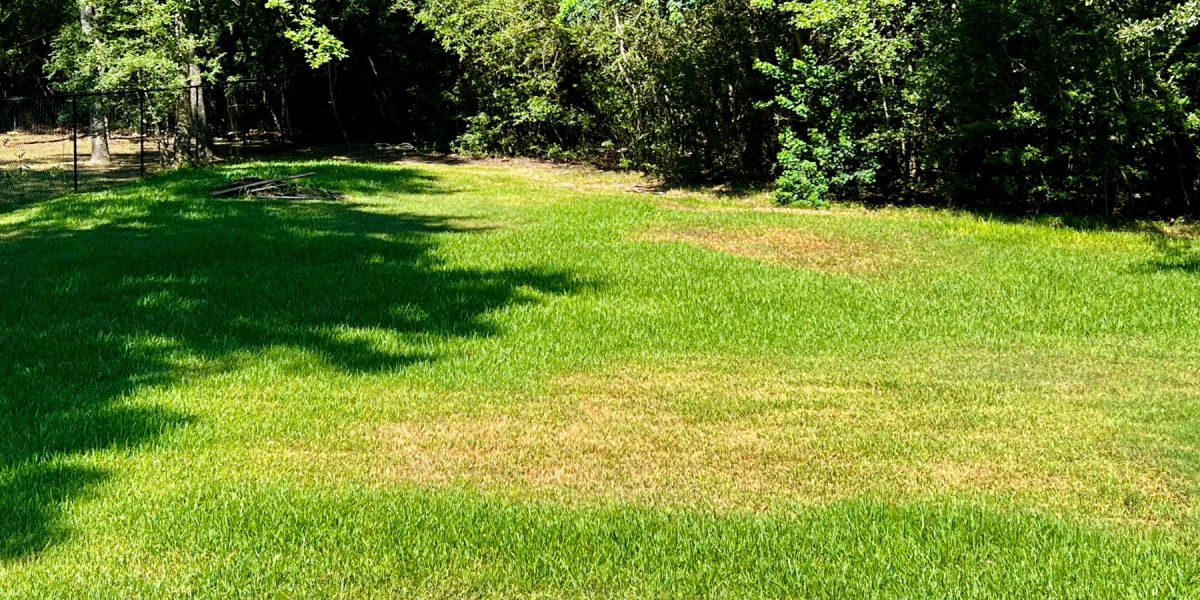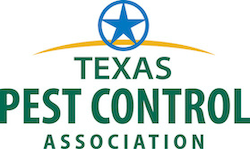Combating lawn hot spots during hot Texas summers can be challenging for many, especially homeowners who take pride in their landscapes. The intense heat and arid climate in our warmest months can result in unsightly brown spots, thinning grass, and even dead patches in once-vibrant green lawns, all of which are referred to as “hot spots.” But still, despite these environmental factors, there are several effective ways to help your grass thrive.
First and foremost, it’s crucial to identify the root causes of hot spots in your lawn. These dead or dying areas are often the result of inconsistent watering patterns or compacted soil. Inadequate watering or insufficient water penetration can cause areas to dry out and turn brown. At the same time, soil compaction can hinder water from reaching the roots of the grass, ultimately leading to hot spots. To overcome these issues, establish a consistent watering schedule based on your turf needs and invest in a quality lawn aeration service to help loosen compacted soils.
Watering Your Lawn

Different types of lawns require varying amounts of water due to their unique characteristics. For instance, warm-season grasses like Bermuda grass and St. Augustine grass are native to hot and humid regions and are more drought-tolerant. That said, factors such as season, soil type, sun exposure, and lawn maintenance practices impact the amount of water a lawn needs, especially with the heat of our Texas summers.
For example, lawns with sandy soil tend to require more water as they drain quickly, while those with heavy clay soil may hold onto water for extended periods, requiring less frequent watering. Furthermore, lawns that receive ample amounts of sunlight (regardless of soil type) will naturally require more water than those in shaded areas due to the sun drying the soil more quickly, thus increasing water evaporation.
Proper lawn maintenance practices (such as aerating the soil or mowing the grass to the correct height) can also impact how much water a lawn needs. Understanding these factors can help homeowners tailor their watering schedules to their lawn’s specific needs, ultimately leading to a healthier and more vibrant lawn.
Avoiding Hot Spots: Proper Irrigation Settings
If you rely on an irrigation system to take care of the watering for you, there are several factors to keep in mind. As mentioned before, inconsistent watering patterns are often a culprit in developing hot spots, and your irrigation heads could be to blame. Hot spots can occur if sprinkler heads are not laid out correctly; sadly, this is very common in newer homes. The consequence of poorly spaced heads is that the system appears to be working correctly when in reality, some lawn segments are not getting enough water (or none at all!), even when other portions of the turf are getting plenty.
Irrigation Zones

Notice in the irrigation layout drawing that the water stream is meant to reach from head to head (the lines from dot to dot); however, this is typically not the case and can result in some areas of your lawn being poorly irrigated. If you believe your zones have proper coverage but you still see hot spots, consider the possibility that your sprinkler heads have reached the end of their life and may need to be updated or replaced. Remember that the gears and innards of sprinkler heads are plastic, making them vulnerable to dirt and sand that can wear them down, and this is not always obvious as it is internal and happens over time. As a result, they may not pop up at all, or the spray from the heads may not be correct (For example, just a pencil stream of water coming from the head).
Finally, it’s important to note the watering duration in each zone. It’s highly uncommon for each zone to require the same watering time. For example, one zone may need 5 minutes, while another may need 10 minutes. The second setting to review is the percentage of available water. During the hot, dry season, utilize 100% of available water for your dry spots or areas with heavy sun pressure.
Aerating Your Lawn
Lawn aeration is a crucial aspect of lawn maintenance that can help lawns avoid hot spots. By aerating the soil, you can help improve the flow of air, water, and nutrients to the grass roots, allowing for better root growth and development and ultimately leading to a healthier and more resilient lawn.

By aerating your lawn at least twice a year, homeowners can help ensure that their grass remains healthy and vibrant, even in areas that receive a lot of sun and heat. Over time, aeration can lead to a more even distribution of grass throughout the lawn and a more consistent and attractive appearance overall. Ultimately, regular lawn aeration can improve a lawn’s health and longevity while reducing the need for excessive watering and other maintenance practices over time.
In addition to addressing the underlying causes of hot spots, you can also take measures to assist your lawn’s recovery. Raking up dead grass, thatch, and debris can promote healthy growth and allow your lawn to breathe a little easier. It’s also a good idea to mow your lawn regularly, as taller grass can shade out hot spots and prevent further damage.
Lawn Hot Spots Are Avoidable
In conclusion, hot spots in the lawn can be frustrating, but with careful attention and a few straightforward steps, they are not impossible to fix, and you can help your yard maintain its lush greenery all summer long. So, have that backyard barbecue confidently, knowing that your lawn will look better than ever. Implementing these tips ensures your lawn remains healthy and vibrant despite the harsh Texas summer heat.
Click the video to watch Keith, the owner of GreenGate, discuss lawn hot spots further.








